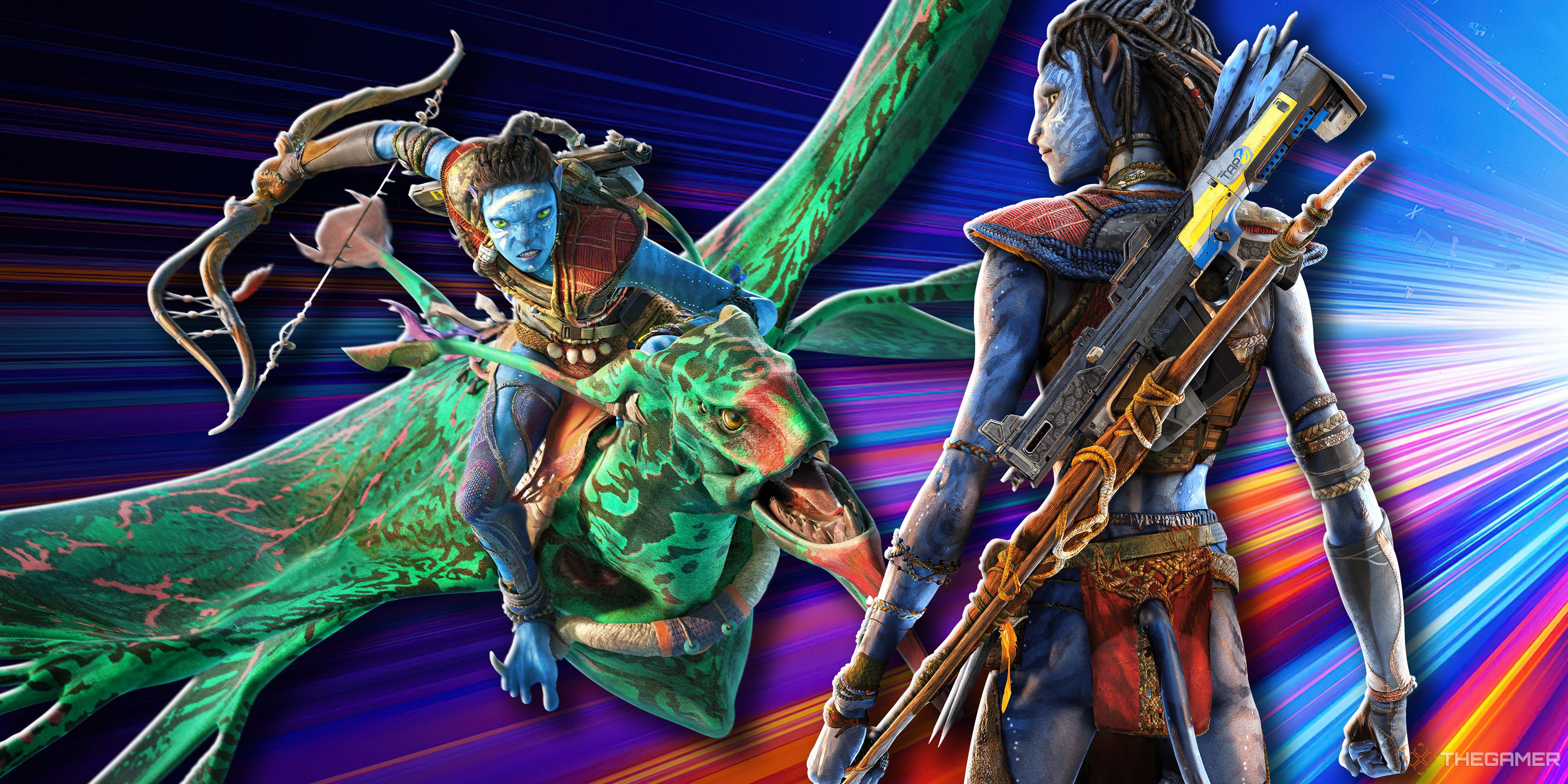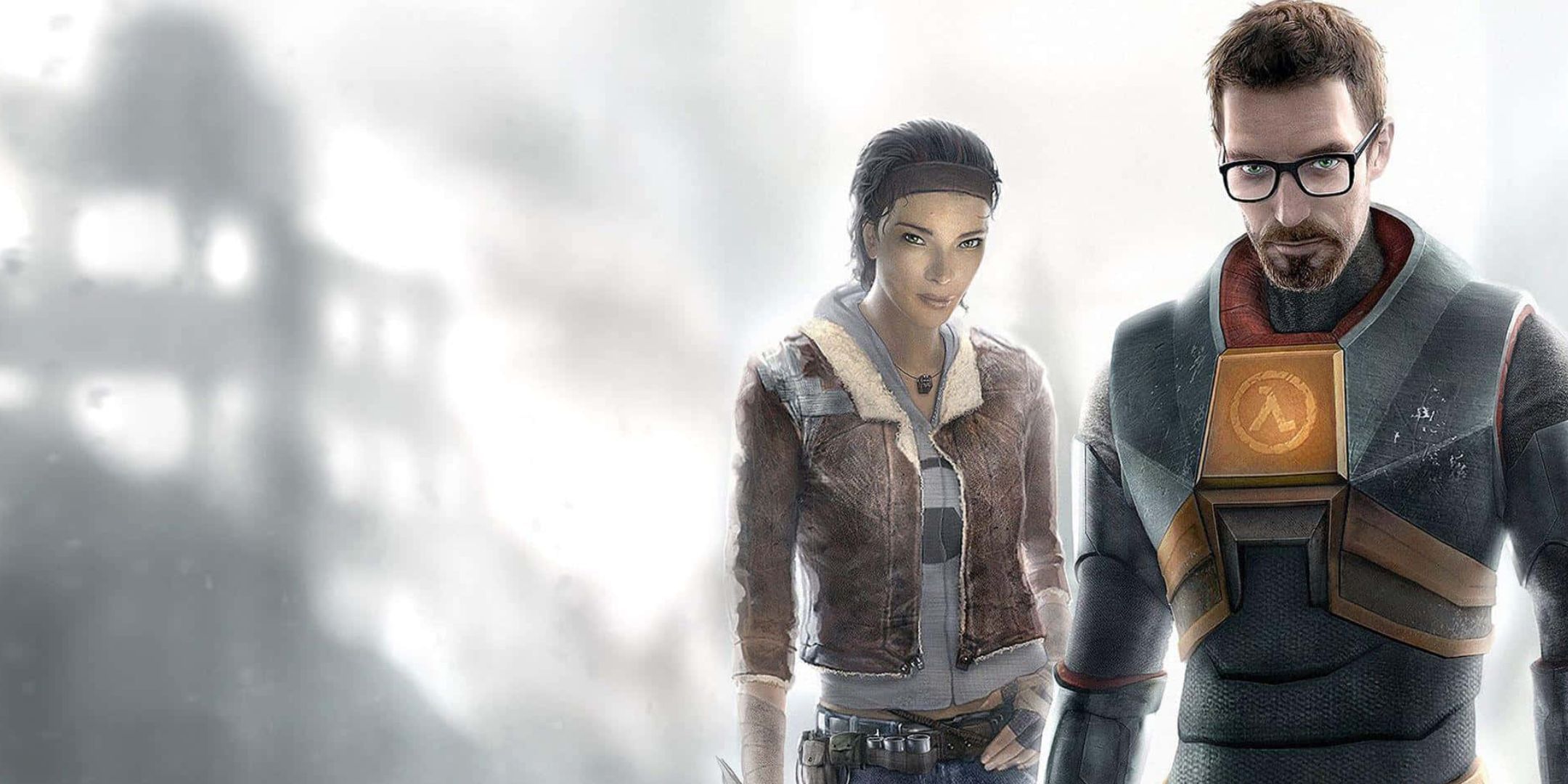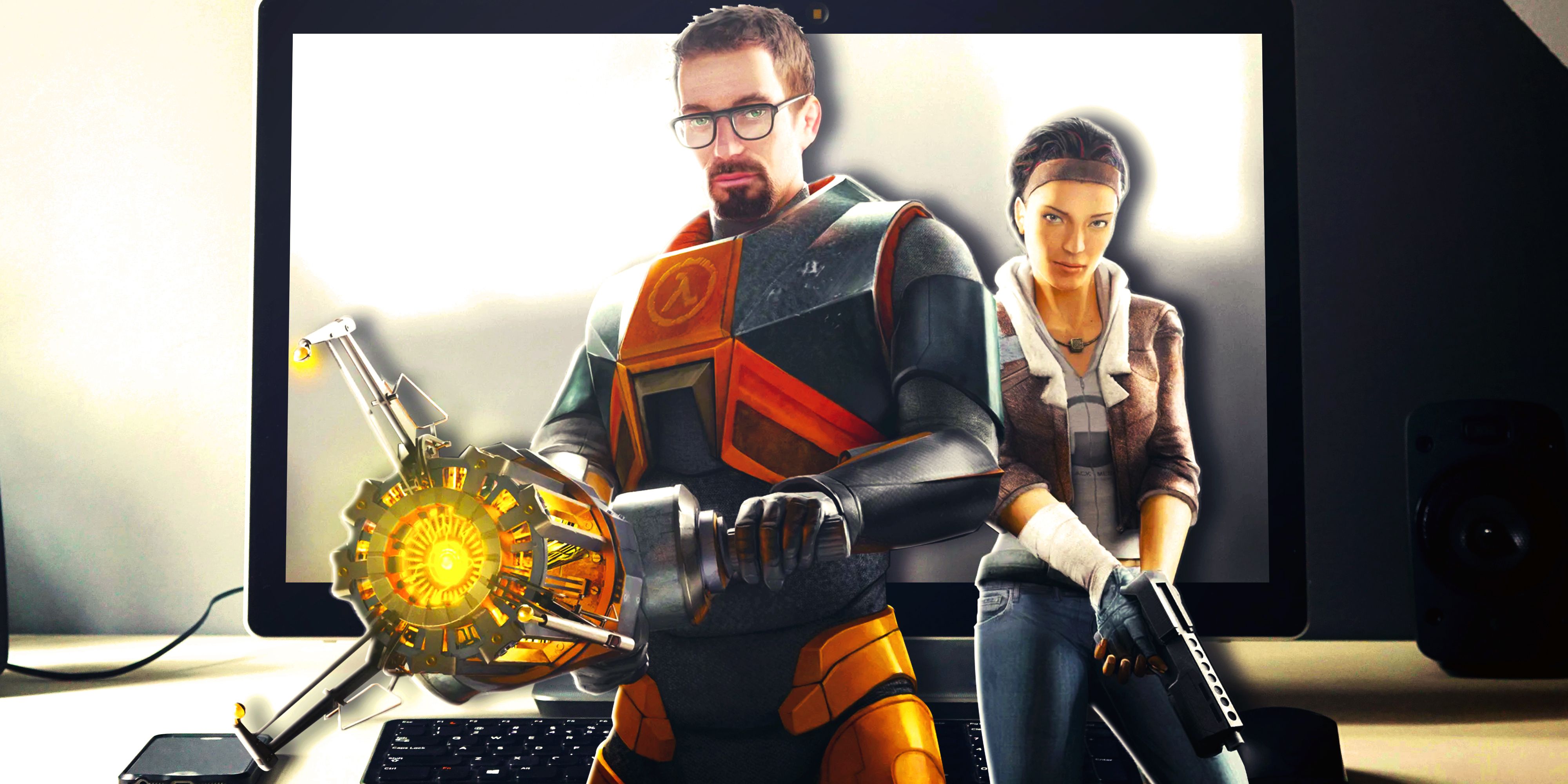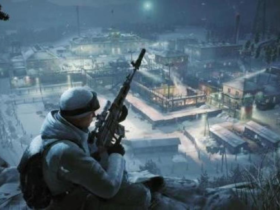Thirteen years passed between the release of Avatar and its sequel, The Way of Water. It can be easy to see a number like that and not think too hard about it. But, for context, the first Avatar was released when the MCU was in its infancy, between The Incredible Hulk and Iron Man 2. The second hit theaters between Black Panther: Wakanda Forever and Ant-Man & The Wasp: Quantumania, as the MCU was beginning its decline. Barack Obama was nearing the end of the first year of his first term when Avatar hit, and Way of Water washed over us midway through the Biden years.
If Avatar: Fire and Ash makes its December 19, 2025 release date, it will feel incredibly weird. You aren’t supposed to watch an Avatar movie as the same fundamental person you were when you watched the last one. Between the first and second films, director James Cameron worked to evolve the motion capture technology used. Much of the second film was shot underwater, which forced the creative team to pioneer new approaches to performance capture and lighting. This is a series where, until now, the big gaps have been essential, because they led to huge developments in what could be filmed at all.

Related
Avatar: Frontiers Of Pandora Is Casually The Best-Looking Game On PS5
The 2023 Ubisoft open-world game looks shockingly good.
Playing Half-Life For Your Whole Life
In that way, Avatar is a lot like Half-Life. The current era of Avatar mirrors the current state of Valve‘s long-running (and long-dormant) FPS series. Six years separate Half-Life and Half-Life 2. The shorter follow-ups Episode 1 and Episode 2 were released two and three years after that. From there, a long hiatus set in, and it seemed like we might never see another Half-Life as Valve instead chose to invest in multiplayer games and VR tech. But 13 years after Episode 2, the series returned with Half-Life: Alyx. Five years later, rumors, datamining, and an ARG suggest that we’re on the verge of Half-Life 3.
The gap between the first two Half-Life games may not seem that big now, in a time where games can take a decade to make, but in the late ’90s and early ’00s, six years was an eternity. Doom 2 came out less than a year after the first Doom, Unreal Tournament hit a year after Unreal, and the first three Duke Nukem games released in a five year span. Valve taking six years to follow-up its breakthrough hit was a statement.
When it returned, it was with a game that was a major step forward in every way. The first Half-Life was heralded for its story because, well, it had one, which was uncommon for a first-person shooter at the time. Id’s John Carmack once compared the importance of story in video games to the importance of story in adult films — it’s a nice addition, but it’s not what anyone is there for. That attitude prevailed in shooters until Half-Life, which gave its narrative significantly more weight than the text blocks that closed out each act of Doom. Its level design was more realistic than its competitors, too, attempting to represent a real, contiguous space in a way that games likeQuake never did. Its use of physics — letting Gordon slide boxes across the floor — was rudimentary, but impressive for the time.
But Half-Life 2 went all out in its use of physics. There were puzzles entirely based around weight and buoyancy, and its big, showcase gun allowed you to manipulate objects in the environment and transform them into weapons. It maintained Half-Life’s representational approach to level design, but served up bigger and more diverse levels, replacing Black Mesa’s tunnels and corridors with city blocks and lengthy stretches of coast. Its story was more mature, its characters more three-dimensional. Everything that made Half-Life special — and, even in 2025, it’s a special game — was improved upon by leaps and bounds in Half-Life 2.
Art As A Vehicle For Tech
Valve has made it clear that it sees Half-Life as an effective vehicle for this kind of revolutionary technological advancement. So, when it began to dive deep into VR, it made sense to finally resurrect the series to show off how impressive the technology could be. Alyx was a fantastic showcase, taking the physics of Half-Life 2 to the next level. Now, everything could be interacted with on a granular level. A door could be peeked through. Grenades could be scooped up and carried around in a box. You could deflect an attack with an office chair. It was that big technological leap.
Which means that Half-Life 3, whatever it is, is in a similar position to Fire and Ash. Can a sequel this close (relatively) to the last entry take a meaningful technological leap? And, if it can’t, what does that mean for the series’ identity? Can an Avatar or a Half-Life that doesn’t push things forward still be a sensation with audiences? Time will tell. The other thing Half-Life 3 and Avatar: Fire and Ash have in common is that I can’t wait to see them.












Leave a Reply